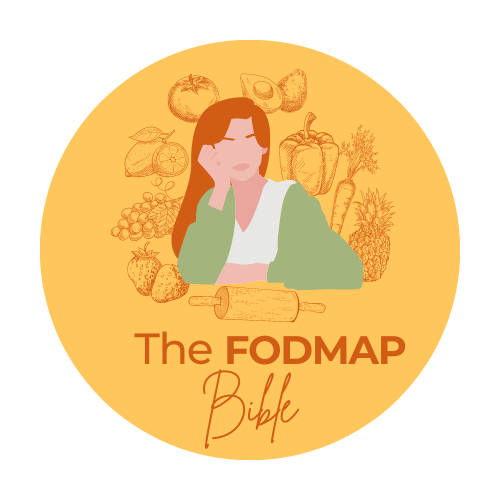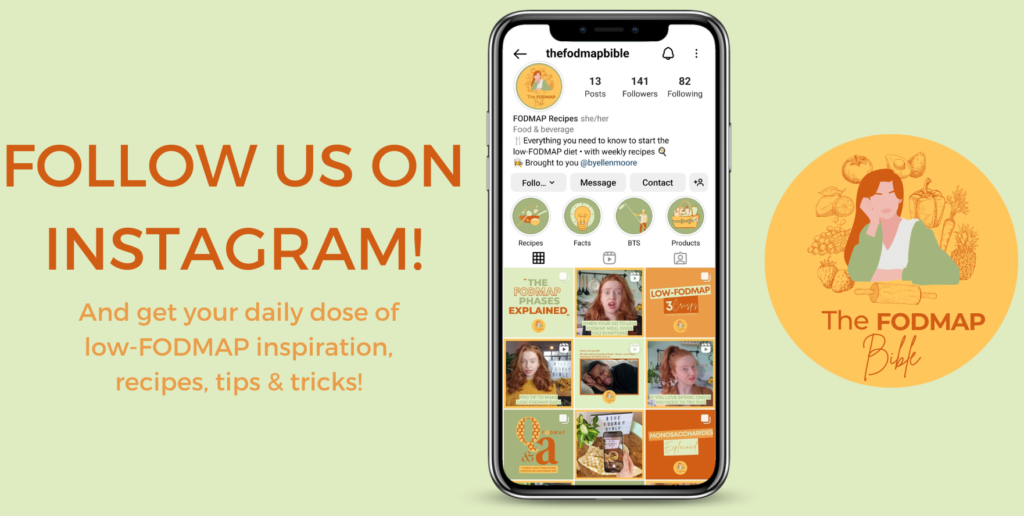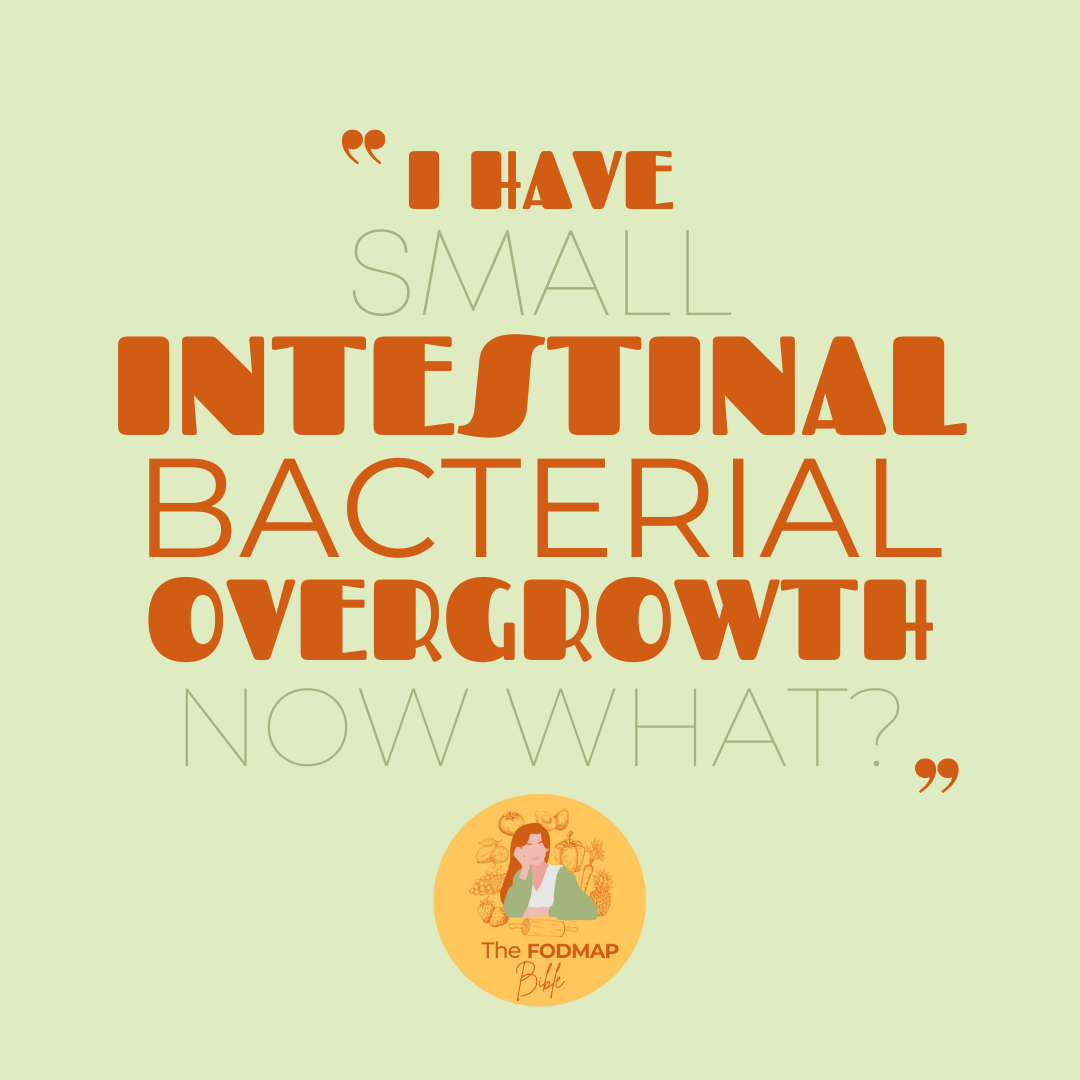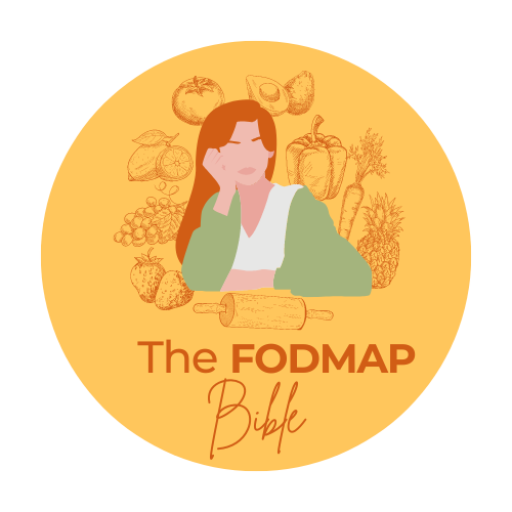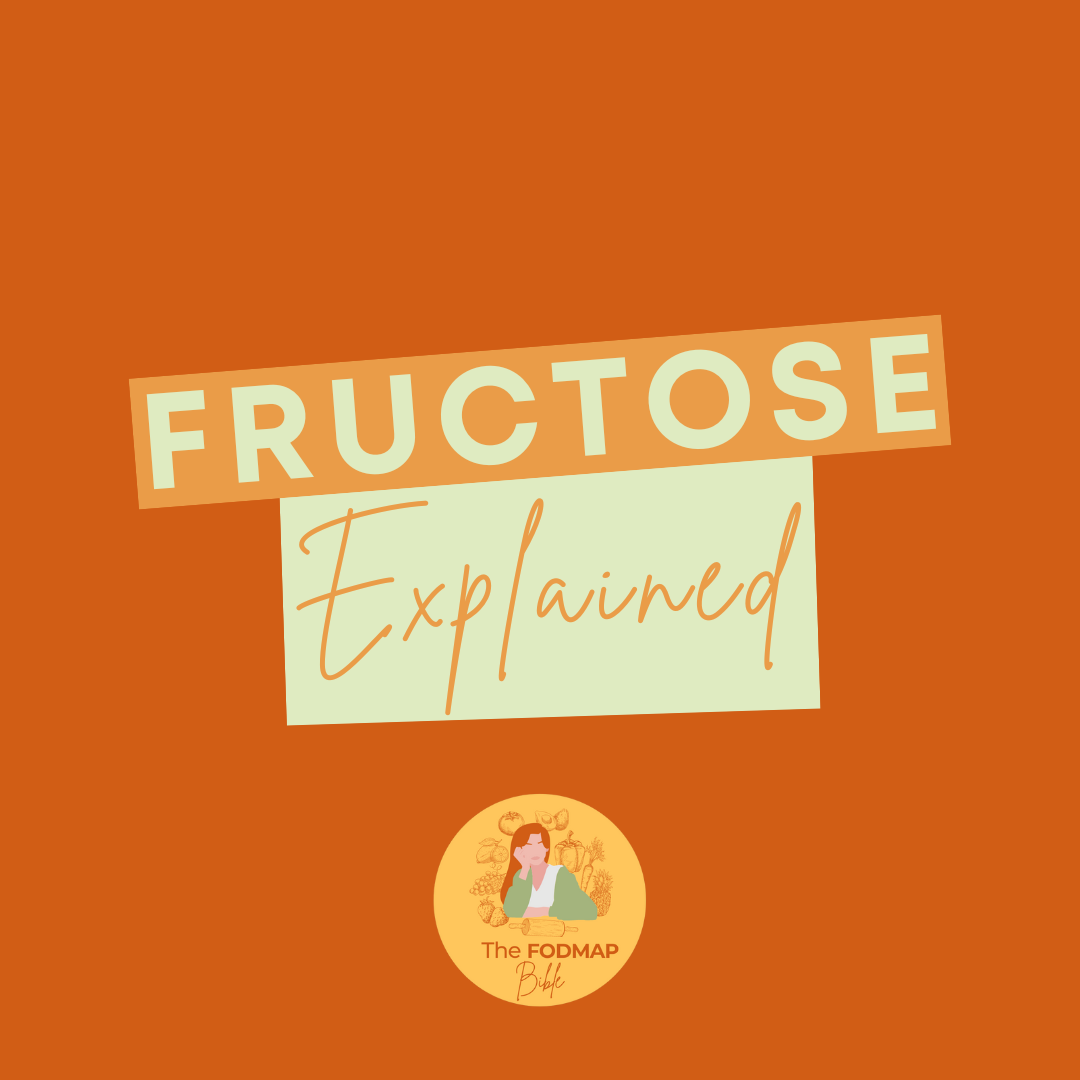
Fructose Explained
FODMAP stands for…
F ermentable
O ligosaccharides
D isaccharides
M onosaccharides
A nd
P olyols
These are the names of a variety of short-chain carbohydrates which are poorly absorbed and rapidly fermented by the gut bacteria, in the gastrointestinal system of people suffering from Irritable Bowel Syndrome (IBS) and / or Small Intestinal Bacterial Overgrowth (SIBO).
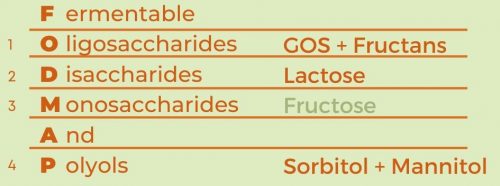
FODMAP stands for Fermentable, Oligosaccharides, Disaccharides, Monosaccharides And Polyols.
The term FODMAP was coined to give a name to 4 categories of short-chain carbohydrates which all irritate the gut, one way or another. These are:
1. Oligosaccharides;
2. Disaccharides;
3. Monosaccharides;
4. Polyols.
Two of these four categories are umbrella terms: oligosaccharides and polyols. In total there are six types of short-chain carbohydrates that irritate the gut, causing the symptoms named above. These categories are:
• Fructose;
• Lactose;
• Galactoligosaccharides;
• Fructans;
• Sorbitol;
• Mannitol.
Fructose is a monosaccharide.
Lactose is a disaccharide.
Both galactoligosaccharides and fructans are oligosaccharides.
Both sorbitol and mannitol are polyols.
Today we’re taking a closer look at the monosaccharide fructose.
Monosaccharides
In order to understand why fructose irritates the gut, we need to take a closer look at what monosaccharides are and how the human body digests them. I highly recommend reading our article about monosaccharides. But in case you missed it: monosaccharides are the basic building blocks from which all carbohydrates are built.
When two monosaccharides are joined together their name changes. This double sugar is then called a disaccharide. For more information about disaccharides, click here.
Fructose
Fructose is naturally present in foods like honey, mango, cranberries, sugar snaps and artichoke. This is a fructose molecule:
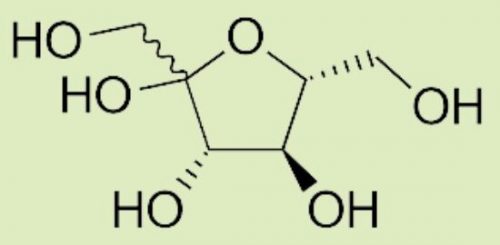
Fructose – also referred to as fruit sugar – is a monosaccharide. Just like glucose and galactose, fructose also gets absorbed directly into the blood after consumption. Fructose is generally:
· Sweet;
· White;
· Odorless;
· Water-soluble;
· Comes in the form of solid crystals.
Every single year about 240,000 tons of crystalline fructose are produced. These massive amounts of crystalline fructose are added to countless products – for a variety of purposes – from candy to sauces and way more. This is also why it’s important to make sure that fructose isn’t used as a sweetener, when consuming processed foods – if fructose is one of the FODMAP’s that triggers your IBS and / or SIBO.
Malabsorption
‘Fructose malabsorption [is prevalent in] about 22% of patients with IBS. Taking on a low-fructose diet is one of the possible treatment strategies. Research – looking into fructose malabsorption – shows that ‘symptoms occurred after an [average] delay of 62 min after fructose intake, but their early onset – within the first 30 min of the test – was reported by 44% of the patients.’ 1
Studies show that fructose is not completely absorbed in the small intestine and thus gets transported into the larger intestine.
In the larger intestine it gets fermented by the gut bacteria (also known as colonic flora). During this process hydrogen ‘is exchanged across the lungs and is measurable by the hydrogen breath test.
The colonic flora also produces carbon dioxide, short-chain fatty acids, organic acids and trace gasses in the presence of unabsorbed fructose.’ 2
But, what about that process causes all the symptoms?
Why fructose causes symptoms
‘The presence of gasses and organic acids in the large intestine causes gastrointestinal symptoms such as bloating, diarrhea, flatulence and gastrointestinal pain.’ 2
For more information about monosaccharides and why they cause the symptoms they do, click here!
Want to know more about all things low-FODMAP? Follow us on Instagram & TikTok @theFODMAPbible – for recipes, inspiration, explanations and loads of advice on how to make your life on the low-FODMAP diet as enjoyable as it would have been without. Trust me: you won’t regret it, pinky promise!
We hope to see you on our socials 🙂

Please note that we are NOT doctors & we do NOT provide any medical advice
If you’re struggling with symptoms – that could potentially be a gastrointestinal disorder like Irritable Bowel Syndrome (IBS), Inflammatory Bowel Disease (IBD) or Small Intestinal Bacterial Overgrowth (SIBO) – we strongly suggest for you to seek medical help and recommend you to reach out to a healthcare professional, who can offer you the right guidance.
We want to emphasize that the low-FODMAP diet is a medically induced diet, that should be started only when a doctor diagnosed you with a gastrointestinal disorder and should always be done under strict supervision of a specialized dietician or other healthcare professional.
Nonetheless, we maintain strict policies when it comes to the prevention of spreading fake news. Our posts are written by research journalist @byellenmoore and are based upon both scientific research and her own personal experiences with being on the low-FODMAP diet, as a patient suffering from Irritable Bowel Syndrome (IBS). We share what we know, to give you a better understanding of that from which you suffer, in order to make your journey – going low-FODMAP – a little bit easier!
Sources
1: Melchior, Chloé, Véronique Douard, Moïse Coëffier, and Guillaume Gourcerol. 2020. “Fructose and Irritable Bowel Syndrome.” Nutrition Research Reviews 33 (2): 235–43. https://doi.org/10.1017/S0954422420000025.
2: Source: “Fructose.” 2022. In Wikipedia. https://en.wikipedia.org/w/index.php?title=Fructose&oldid=1103217426#Malabsorption.
